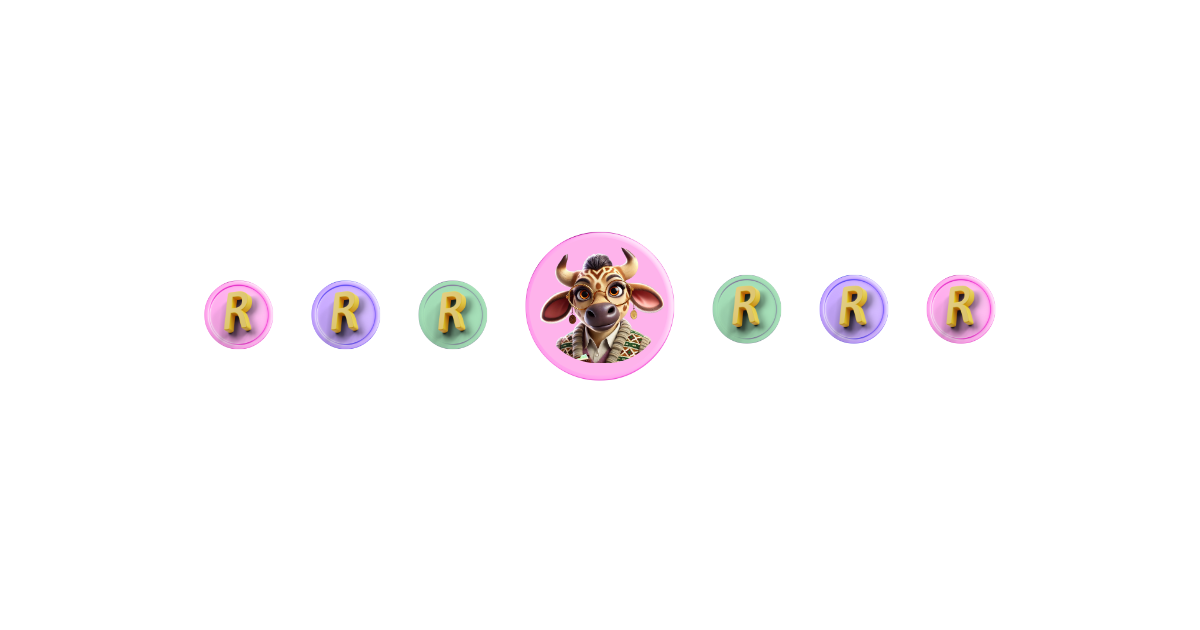.png)

How to teach kids to best use Granny’s gift to build money habits, gratitude, and smart decision-making. Plus, get our free printable Money Map to help them manage it
When Granny and Grandpa give money to your kids, be it for a birthday, a holiday treat, or simply “just because”, it’s more than just a sweet gesture. It’s actually a golden opportunity to teach your mini millionaires some real money wisdom.
It’s easy to default to depositing it, spending it, or forgetting about it entirely. But with a bit of intention, Granny’s Gift can lay down financial foundations that shape how your child thinks about money for life.
Here’s how to turn that cash gift into a lifelong lesson in gratitude, decision-making, and future-focused thinking.
1. A Mindset to Cultivate
Every gift tells a story. The key is helping your child see the meaning behind the money.
Granny’s R200 isn’t just “free money.” It’s the result of years of hard work, thoughtful choices, and above all, love. Helping kids recognise this turns a simple gift into something much more valuable.
Remember, an earlier edition of Mini Millionaires, where we unpacked the connection between money and effort?
Connecting the dots between money and effort shifts their mindset from what they can get to what they can do. That subtle change helps build a sense of stewardship over spending.
Takeaway: Before the money’s used, ask your child: “Why do you think Granny gave this to you?”
Another helpful read: How to teach kids to budget.
2. A Habit to Form
Money habits are best formed early. So when your child receives a gift, use it as a moment to build a lifelong skill.
We recommend creating a simple four-part plan for their money: Spend, Save, Share, and Sow.
- Spend: Enjoy something small now.
- Save: Tuck away for a future goal.
- Share: Give to someone or something they care about.
- Sow: Invest in their own growth and learning.
Even a R100 note can be split into powerful lessons.
Our Four Jar method is a key foundational financial concept, and goes a long way in instilling money management skills (before they become teenagers), increasing the likelihood of financial security in their future.
Takeaway: Let your child physically divide the money into four jars or envelopes: one each for Spending, Saving, Sharing, and Sowing.
Learn more about how to teach kids about sharing.
3. A Tip to Try
What happens after the gift matters just as much as what they do with it.
One great way to teach gratitude and ownership is to help your child create a short thank-you video. In it, they can share how they plan to use Granny’s gift. Whether it’s saving up for a microscope, giving R10 to a cause, or buying new shin pads.
Not only does this reinforce their money decision, but it also turns it into a moment of reflection. And the cherry on top? Grandparents love it.
Practicing gratitude is linked to better financial decision-making and delayed gratification, hallmarks of smart money people.
Takeaway: Record a quick 30-second video with your child: “Thank you, Granny! Here’s what I’m going to do with your gift…”
Free Download: The Money Map
Want a simple way for your kids to track their money? We’ve got you.
The Money Map is a one-page printable that helps your mini millionaire see exactly where their money’s going. No spreadsheets, complicated formulas, or fuss. Just a simple, visual way to start building a budget habit.
Stick it up somewhere they can see it. Then jot down what comes in (yes, even Granny’s birthday cash), and divide it into Spending, Saving, Sharing, and Sowing.
Who knew managing money could look this good?
Before you go. Want to make sure you get the most out of Granny's gift? How to teach kids to compare prices.
